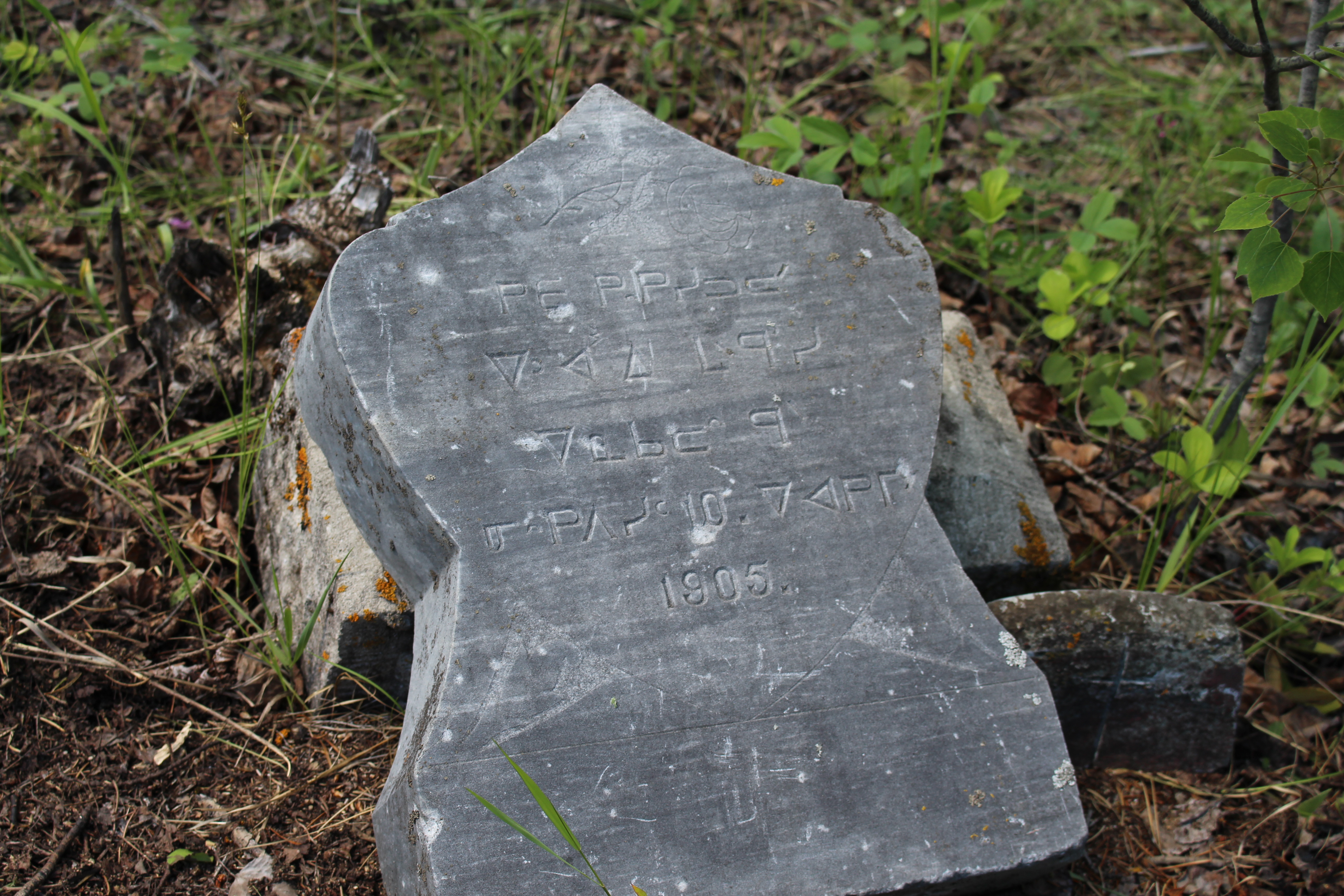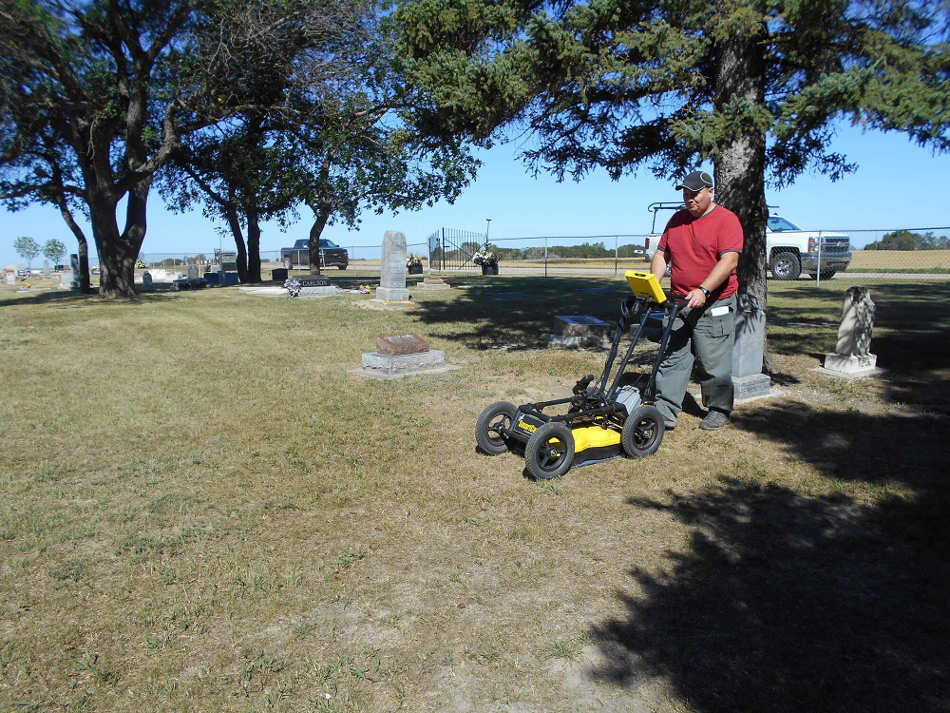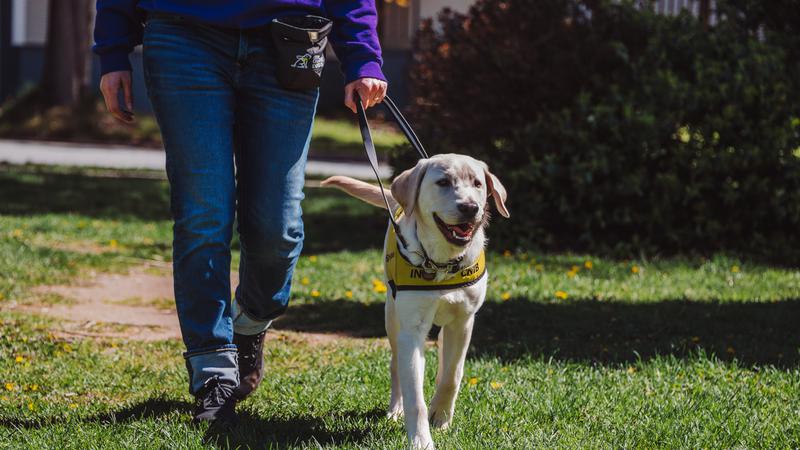
Archaeologist believes ground penetrating radar can show true reality of residential schools
A Saskatchewan archaeologist believes science can play an integral part in revealing what words cannot.
Mike Markowski co-owns a heritage consulting company based in Saskatoon that specializes in ground penetrating radar, the same technology used to uncover a mass grave of 215 children in British Columbia that was announced last week. He explained oral history and science has put a spotlight on residential schools and the true reality of what happened there.
“The first part is the oral history from the survivors, and I think the archeology using ground penetrating radar can provide the scientific part of the story to show that ‘yes, there are unmarked graves here,’” Markowski said.
Markowski’s experience with ground penetrating radar goes back to 2012, but he said his company began focusing its business approach towards cemetery management in 2015. In Saskatchewan alone, he’s mapped for than 50 cemeteries for First Nations, municipalities, church and history groups, as well as the RCMP.




